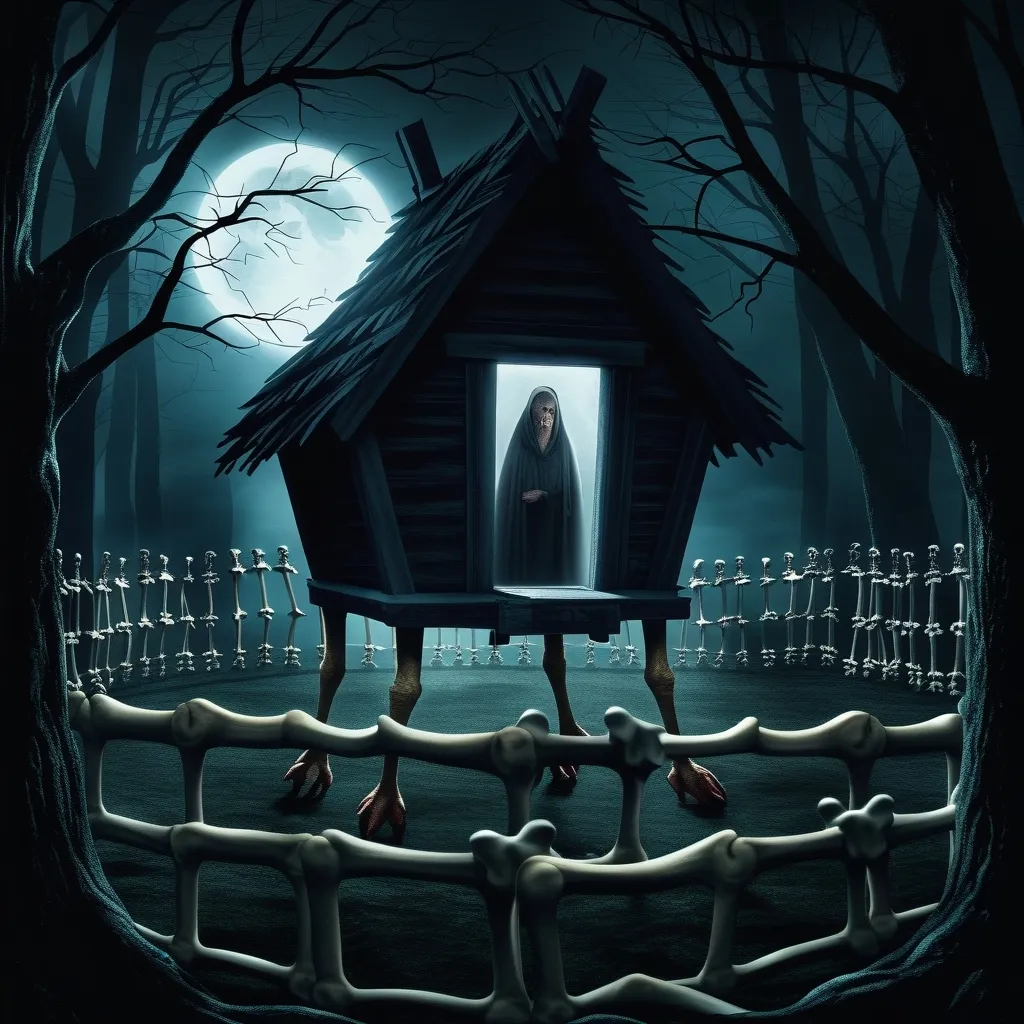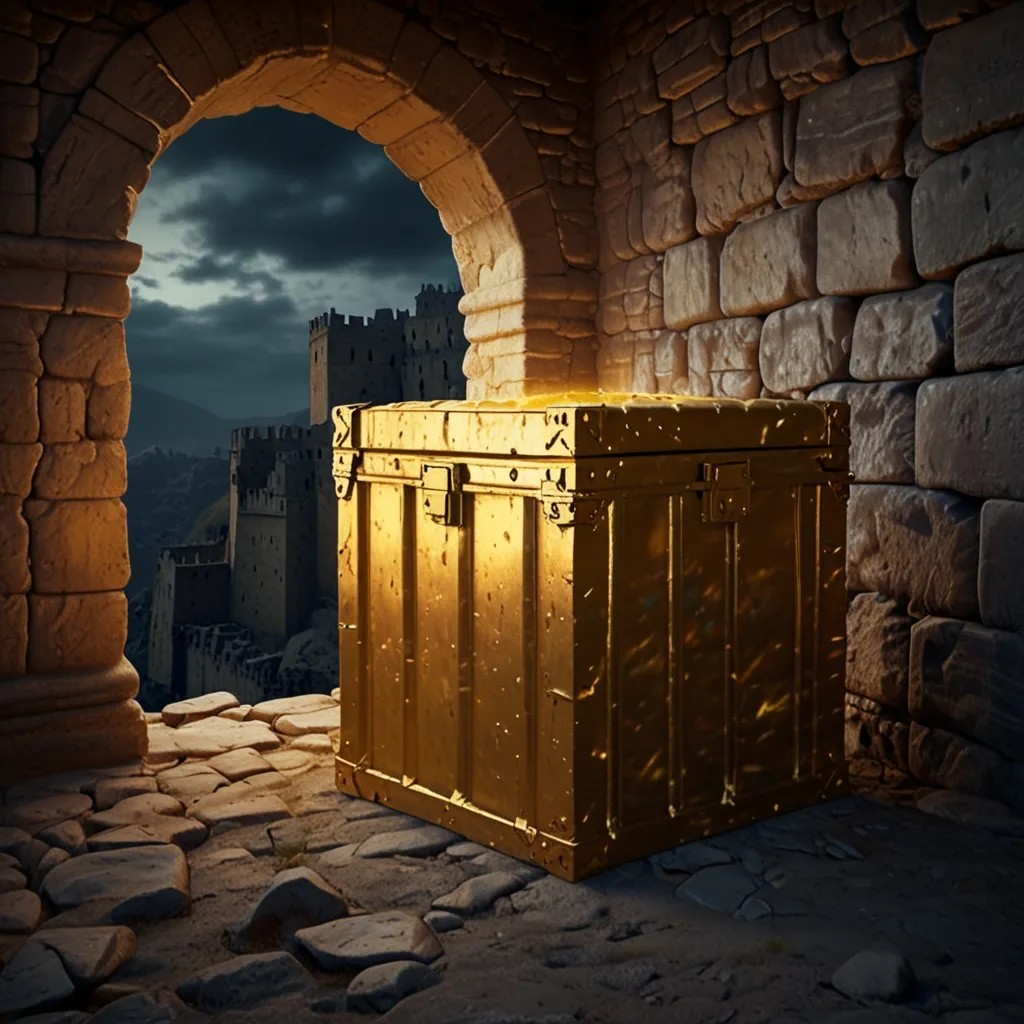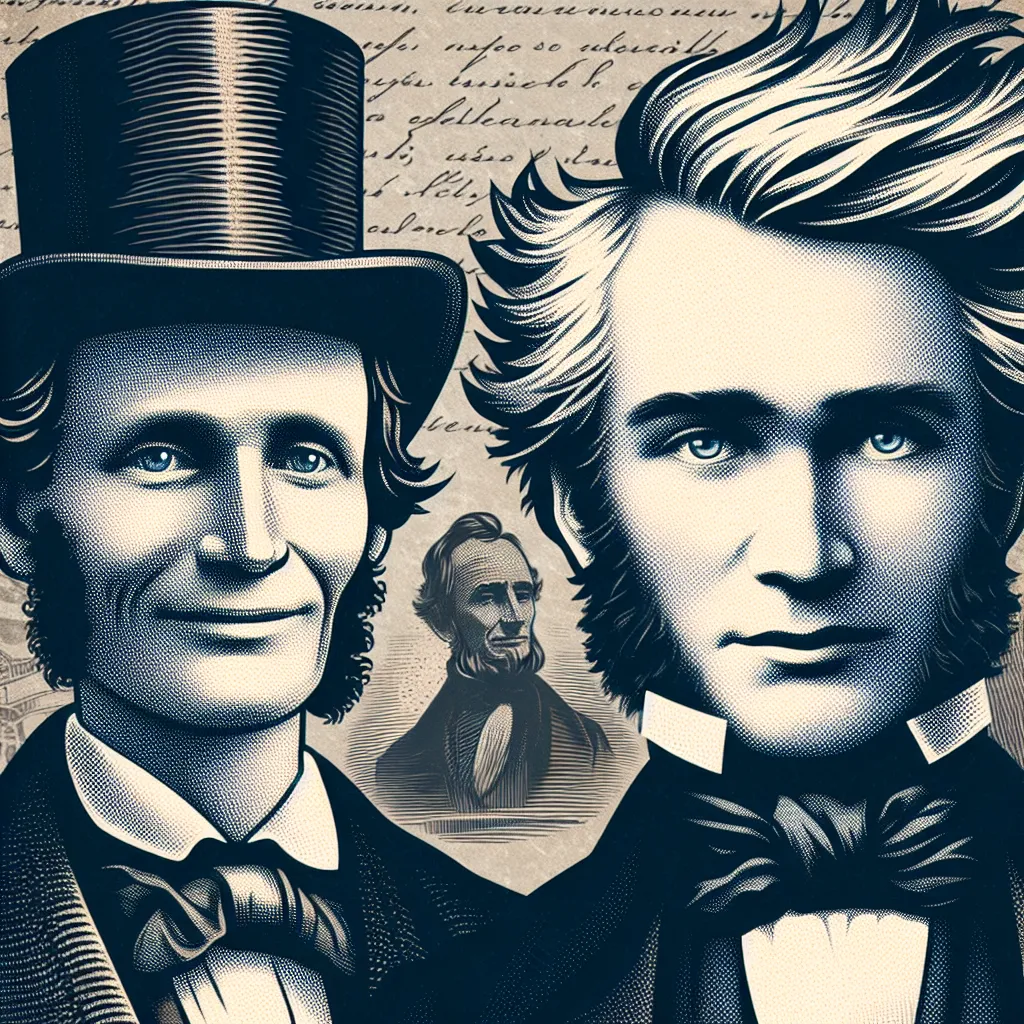Baba Yaga: The Enigmatic Witch of Slavic Folklore
Deep in the heart of Slavic folklore, there’s a character that’s both feared and revered. She’s not your typical fairy tale witch, oh no. We’re talking about Baba Yaga, a figure so complex and intriguing that she’s been captivating imaginations for centuries.
Picture this: an old crone living in a hut that stands on chicken legs. Sounds wild, right? But that’s just the beginning of Baba Yaga’s story. This isn’t your run-of-the-mill witch. She’s a force of nature, literally and figuratively.
Let’s dive into the world of Baba Yaga and unravel the mystery surrounding this fascinating character.
Origins: Where Did Baba Yaga Come From?
Baba Yaga’s roots run deep, way back to pre-Christian times. We’re talking about a period when storytelling was all about passing tales down through generations. No fancy books or Netflix series back then!
She’s primarily a figure in Eastern Slavic folklore, especially in Russian tales. But here’s the thing - Baba Yaga isn’t just any old witch. Her home is as legendary as she is. Imagine a hut that can move around on chicken legs, surrounded by a fence made of human bones. Creepy? Absolutely. But it’s also a powerful symbol of her connection to nature and her separation from the norms of society.
The Two Faces of Baba Yaga
One of the coolest things about Baba Yaga is that she’s not just good or evil. She’s both, often in the same story! Take the tale of Vasilisa the Beautiful, for example. Baba Yaga gives Vasilisa some seemingly impossible tasks. Harsh? Yes. But in the end, she helps Vasilisa escape her nasty stepfamily and discover her own strength.
But don’t get too comfortable. In other stories, Baba Yaga is the stuff of nightmares, a child-eating witch who uses her magical powers for some seriously dark deeds. Remember the tale of Olga and Sergei? Those poor kids learned the hard way not to disobey warnings about black geese flying.
This duality is what makes Baba Yaga so fascinating. She’s not your typical fairy tale villain or hero. She’s complex, unpredictable, and all the more real for it.
Nature’s Wild Child
Baba Yaga isn’t just connected to nature; she’s practically nature personified. In some stories, she controls the elements themselves. Day, Night, the Sun - they’re all under her command. It’s like she’s Mother Earth’s wilder, more unpredictable sister.
This connection to the natural world makes her a symbol of the untamed female spirit. She’s the embodiment of freedom and independence, living outside the rules and expectations of society. No wonder she’s become something of a feminist icon in modern times!
That Chicken-Legged House
Let’s talk about that house for a minute. A hut that stands on chicken legs and can move around the forest at will? It’s not just a quirky detail; it’s a crucial part of Baba Yaga’s legend. This magical dwelling represents her ability to transcend the ordinary, to exist in a realm beyond human understanding.
The fact that her house can up and move whenever it wants adds to Baba Yaga’s mystique. She’s elusive, impossible to pin down or fully understand. Just when you think you’ve got her figured out, she (and her house) can turn on a dime and leave you wondering.
Moral Compass? More Like a Moral Maze
Trying to figure out Baba Yaga’s morality is like trying to nail jelly to a wall. She doesn’t go looking for trouble, but woe betide anyone who stumbles into her domain uninvited. Her actions often seem designed to test those who cross her path, pushing them to their limits and forcing them to grow.
In this way, Baba Yaga is a bit like a trickster figure. Think Loki from Norse mythology or Coyote from Native American folklore. She plays by her own rules, helping when it suits her but just as likely to pose a serious threat. This ambiguity is what makes her such a compelling character. She’s not bound by simple notions of good and evil.
Baba Yaga in the Modern World
Baba Yaga’s influence hasn’t faded with time. If anything, she’s more relevant than ever. You’ll find her popping up in all sorts of modern media, from children’s books to comic series. Neil Gaiman, the master of modern mythology, even featured her in his “The Books of Magic” series, showcasing her as both a helpful guide and a formidable adversary.
In today’s world, Baba Yaga has become a symbol of female empowerment and the untamed spirit of nature. She reminds us that true freedom and personal growth often lie beyond the boundaries of what society deems “normal” or “acceptable.”
Lessons from the Witch in the Woods
So, what can we learn from this enigmatic forest dweller? For one, Baba Yaga teaches us about the importance of embracing our complexities. Life isn’t black and white, and neither are we. Sometimes, the path to growth and self-discovery means walking that fine line between light and dark.
In a world that often tries to put women into neat, tidy boxes, Baba Yaga stands as a powerful reminder of the ferocity, independence, and untamable nature of the female spirit. She’s a force to be reckoned with, unpredictable and unapologetic.
Baba Yaga also reminds us of the power and mystery of nature. In our increasingly urbanized world, she represents the wild, untamed spaces that still exist, both in the world around us and within ourselves.
The Enduring Legacy of Baba Yaga
Centuries after her first appearances in Slavic folklore, Baba Yaga continues to captivate us. She’s more than just a wicked witch or a nature spirit; she’s a reflection of our own complexities and the unpredictable nature of life itself.
Her stories invite us to explore the shadows as well as the light, to embrace our dualities, and to find strength in the ambiguity that makes us human. In the end, Baba Yaga remains an enduring figure, a testament to the power of folklore to shape our understanding of ourselves and the world around us.
So the next time you’re walking through a dark forest, or facing a challenging situation, or even just questioning societal norms, think of Baba Yaga. Remember that strength often comes from unexpected places, that nature is both beautiful and fierce, and that sometimes, the most powerful thing you can be is your true, complex self.
Baba Yaga’s legacy lives on, not just in the stories we tell, but in the way we understand and navigate the world. She reminds us that life is full of contradictions, that growth often comes from facing our fears, and that there’s power in embracing all aspects of our nature - the good, the bad, and everything in between.
In a world that often seeks simple answers and clear-cut morality, Baba Yaga stands as a reminder of the richness and complexity of human experience. She challenges us to look beyond the surface, to question our assumptions, and to find strength in our uniqueness.
So here’s to Baba Yaga - the witch, the wise woman, the force of nature. May her stories continue to inspire, challenge, and captivate us for generations to come. After all, in a world that often feels increasingly predictable and controlled, couldn’t we all use a little bit of Baba Yaga’s wild, untameable spirit in our lives?






